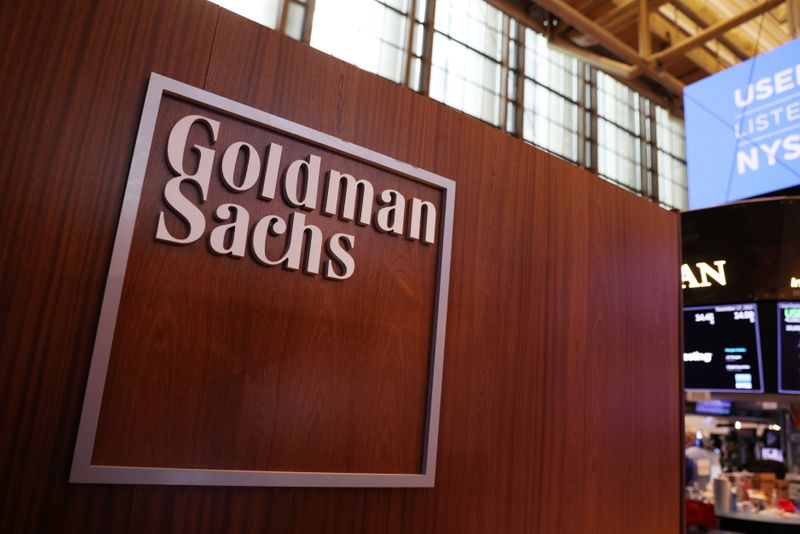
Investing.com– China’s latest Central Economic Work Conference (CEWC) has highlighted a focus on maintaining stability rather than unveiling bold new measures, according ANZ Research analysts.
Policymakers signaled a cautious approach as they prepare for potential external pressures, including trade challenges under a upcoming Donald Trump administration, ANZ analysts said in a note.
ANZ said that CEWC emphasized consolidating existing policies instead of introducing unconventional stimulus. While the conference reiterated a “moderately loose” monetary policy, it softened earlier language from the Politburo, signaling a more measured pace of rate cuts. ANZ expects a 30-basis-point reduction in the 7-day reverse repo rate in 2025 and anticipates over 2 trillion yuan in liquidity injections by the People’s Bank of China through asset purchases.
“Both the Politburo and CEWC look more like a policy recap of the stimulus measures in the past months rather than a new supporting deal to the economy. Most policy options have already been implemented or discussed by ministries at previous press briefings, and the question on the stimulus ahead will not be ‘what’, but ‘how much’,” analysts wrote.
Policymakers also stressed improving fiscal efficiency and prioritizing key areas like pensions to boost domestic demand, according to ANZ, however, analysts highlighted two disappointments: the absence of new measures to support housing demand and a lack of newborn subsidies to encourage consumption.
ANZ also pointed to a subtle shift in China’s tone on property markets, which were mentioned in the context of “risks,” signaling continued drag on demand from this sector.
Additionally, the CEWC hinted at expanding the central bank’s role in ensuring financial stability, potentially through the development of a stock stability fund, according to ANZ.
ANZ estimates China’s GDP growth at 4.9% for 2024, with the government likely targeting 4.5%-5% in 2025. The focus on stability, while reassuring for long-term policy space, may not provide the immediate momentum needed to tackle pressing economic challenges, such as weak domestic demand and housing market struggles, analysts added.



